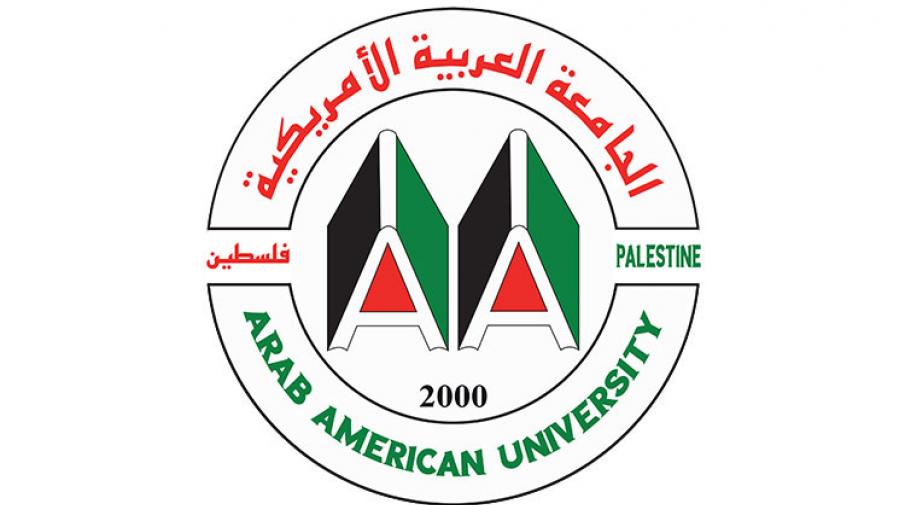Researcher Ibtisam Riyad Younis, a student in the master’s program in neonatal nursing, has defended her thesis titled "Effect of Intensive Phototherapy in Decreasing Need for Blood Exchange in Neonatal Jaundice in Palestine".
The present study aims to evaluate the relationship between the use of intensive phototherapy and reducing the need for blood exchange in neonatal jaundice in the West Bank, Palestine. A retrospective descriptive and quantitative study design was conducted in tertiary care hospitals (governmental and private) in northern West Bank that have neonatal intensive care units (NICU) and treatment of hyperbilirubinemia with intensive phototherapy and blood exchange.
The sample consisted of (323) newborns during the data collection period. Result: The study on neonatal jaundice and phototherapy in the West Bank, Palestine included 323 newborns, with an almost equal distribution between genders, 48.0% male and 52.0% female. According to growth chart research, the majority of babies (91.0%) were born at full pregnancy term, with the majority (54.5%) falling into growth category 3. Vaginal births accounted for 54.8%, while 44.3% were born by caesarean section. Breastfeeding was the most common feeding option (64.4%). Almost 88% had no family history of jaundice, but 20.4% had RH factor incompatibility. Yellow skin, inactivity, poor eating, and dehydration were the most common clinical complaints in 61.0% of patients, resulting in a three-day hospital stay. A large portion (16.4%) underwent exchange blood transfusion, while the majority (83.6%) received intensive phototherapy. Blood type A was the most common (55.7%), and total serum bilirubin levels decreased from 30 mg/dL at birth to 11.0 mg/dL by day 7. Correlation analyzes indicated few associations between demographic characteristics and treatment options. However, duration of hospitalization and bilirubin levels were negatively associated with blood transfusions.
This study provides useful information about infant jaundice management procedures and clinical characteristics in the West Bank. The results suggest that IPT and its associated clinical parameters are critical in the management of hyperbilirubinemia. Understanding these associations can help influence clinical decisions and improve patient care for neonates at risk for severe complications associated with jaundice. Intensive phototherapy is a safe and effective treatment for severe hyperbilirubinemia. Patients with hyperbilirubinemia may require more strict justification for transfusion. However, a contingency plan for emergency blood transfusion should be implemented as soon as intensive phototherapy is initiated, especially for infants with risk factors. If intensive phototherapy proves effective, it is recommended to reduce the use of blood transfusion. Keywords: hyperbilirubinemia, neonates, intensive phototherapy, blood transfusion.
The thesis was supervised by Dr. Raja Zyoud. The committee of examiners included Dr. Ahmed Batran and Dr. Najwa Soboh.

